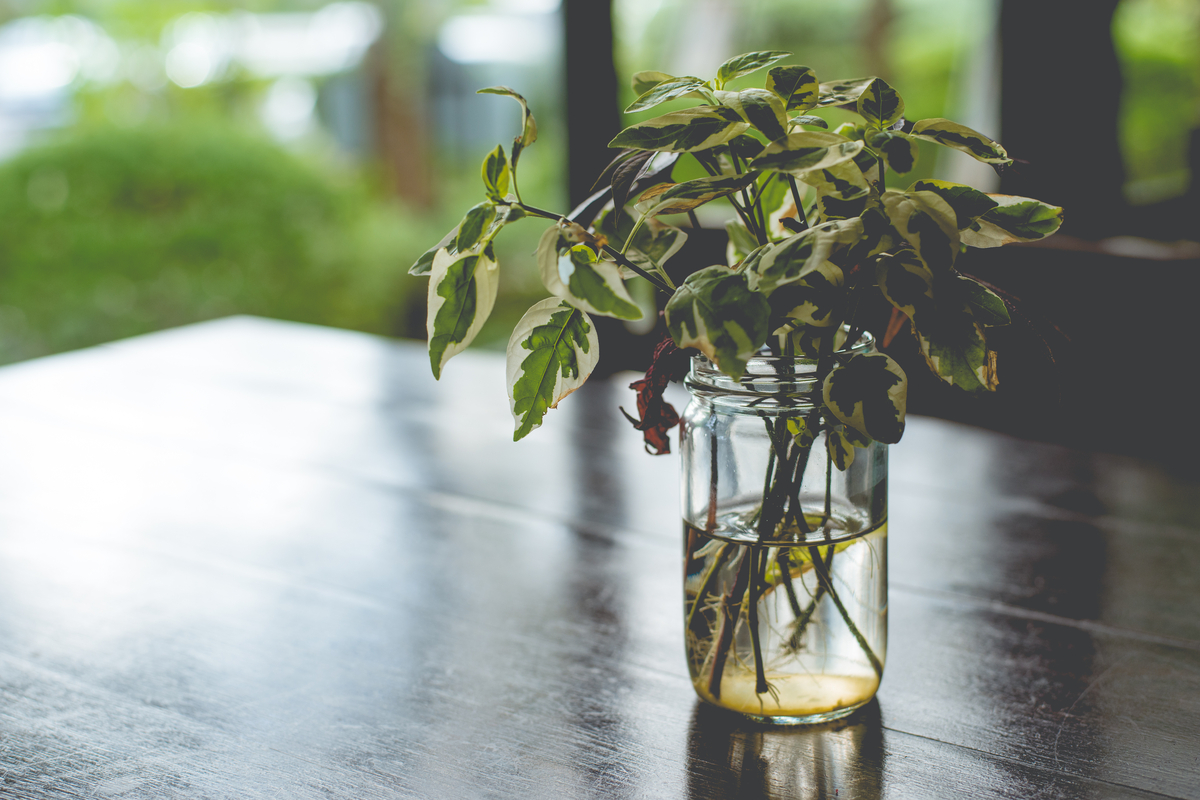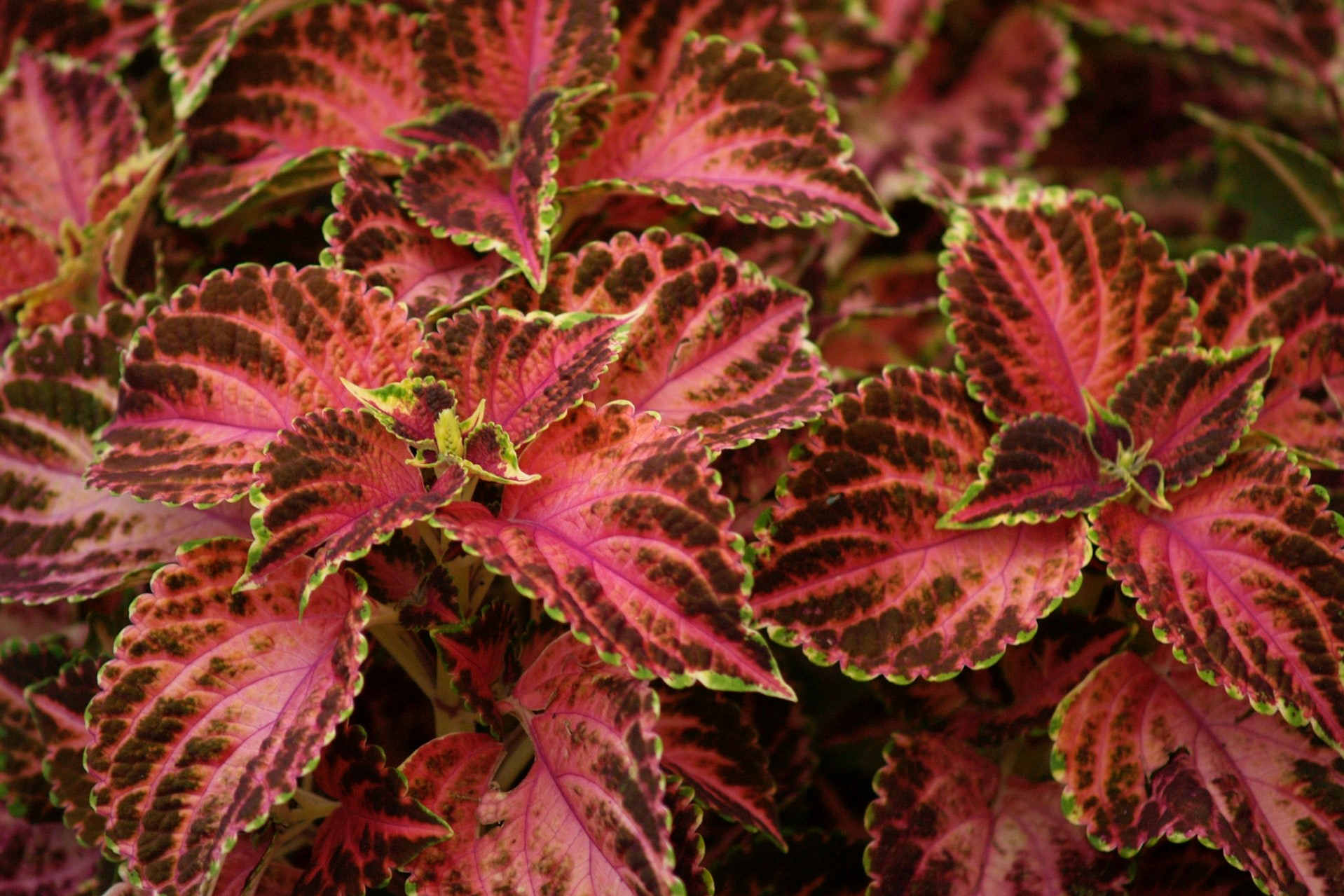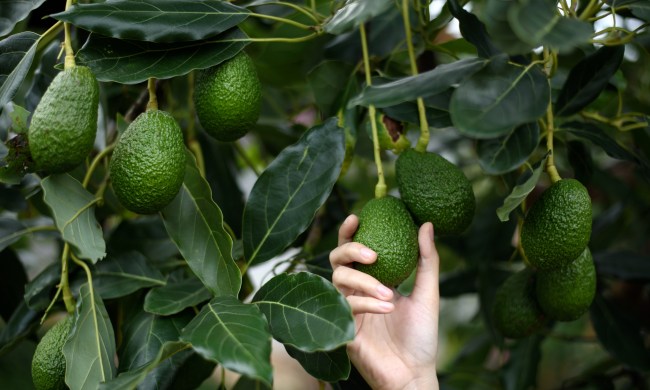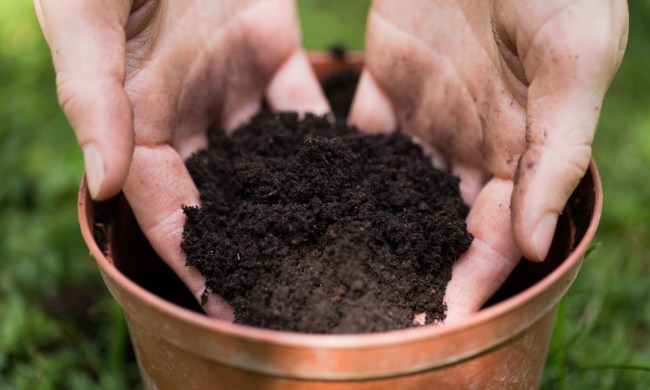There are a few ways to get more plants for your garden. You can get seeds or seedlings. You can buy mature plants. You can also propagate plants. If you aren’t sure what that is or how to do it, stick around. There are ways to propagate plants easily. This is everything you need to know about it.
What plants can be propagated in water?
Plants that are native to tropical or subtropical environments typically do well when propagated in water, as do most herbs. Orchids do particularly well in water, along with mint, basil, and sage.
Some common houseplants that root well in water are pothos, impatiens, baby’s tears, begonias, polka dot plant, African violets, coleus, Christmas cactus, both Swedish ivy and grape ivy, and both fiddle leaf fig and creeping fig.
These are the most common and the easiest to grow in water, but that doesn’t mean it’s an exhaustive list! If you have a plant that you’d like to try growing in water, test it out and see. You might be surprised. Just avoid plants that are typically sensitive to root rot.
What plants can be propagated by root cuttings?
Some plants that do particularly well with root cuttings are raspberries, blackberries, crab apples, figs, lilacs, Oriental poppies, roses, trumpet vine, sumac, and phlox.
As a good rule of thumb, plants with thicker roots can be propagated from root cuttings. Roots that are thin and spidery tend to wither away when separated from the plant. Aim for root cuttings that are around the same thickness of a pencil, as these are thick enough to survive and propagate from.
The exception to this rule is trees. While some trees can be propagated from root cuttings, others cannot. Fruit trees in particular are hit or miss with root cutting, as they are often grafted. This means that the roots of the tree and the branches are actually different trees. Taking a root cutting from a grafted fruit tree would leave you with whatever tree was used as the root stock.
Will plant cuttings root in water?
Many plant cuttings will root in water, although not all will. The process itself is fairly straightforward, so it’s definitely worth a try!
With a sharp knife or blade, take a cutting from a stem of your plant. The cutting should be several inches long. Look for signs of damage or disease, and only use healthy stems. If the stem has leaves on the bottom few inches, gently remove them. You can cut them off with your knife or pinch them off with your fingers. This is important, as leaves that are in or touching the water will rot.
Fill a container of your choice one-half to two-thirds full with room-temperature water. Distilled water or rain water are best, but tap water will work in a pinch. The container should be tall enough to support your stem and wide enough for the roots to grow in.

Clear containers make it easy to keep an eye on root growth, but any color or material will work. Place the cutting in the container, making sure that no leaves are touching the water, and put the container somewhere sunny. Once the cutting has grown several thick roots, anywhere from two to four weeks after beginning, it’s ready to transplant!
When is the best time to propagate cuttings?
Cuttings can be propagated whenever you choose, but there is a difference in when you take the cuttings. Stem cuttings can be taken at any time, but are best taken in early spring or fall, either before they put out buds or after the blooms have died. Stems with buds will focus on blooming before putting out roots, making them slightly more difficult to propagate.
Root cuttings need to be taken in late fall, when the plant has gone dormant for the winter. This protects the plant from any harmful effects that come from damaged roots.
Once the cuttings have put out roots, they should be planted within a few weeks. Some plants can stay in water long-term, but for many, soil is preferable. If you’re propagating in the winter, then you can transfer your cuttings to a pot and keep them inside until spring.
Now that you know the best ways to propagate your plants, you can fill your garden with however many plants you desire! Once you get the hang of it, you’ll find that propagating is easy and so much fun.




